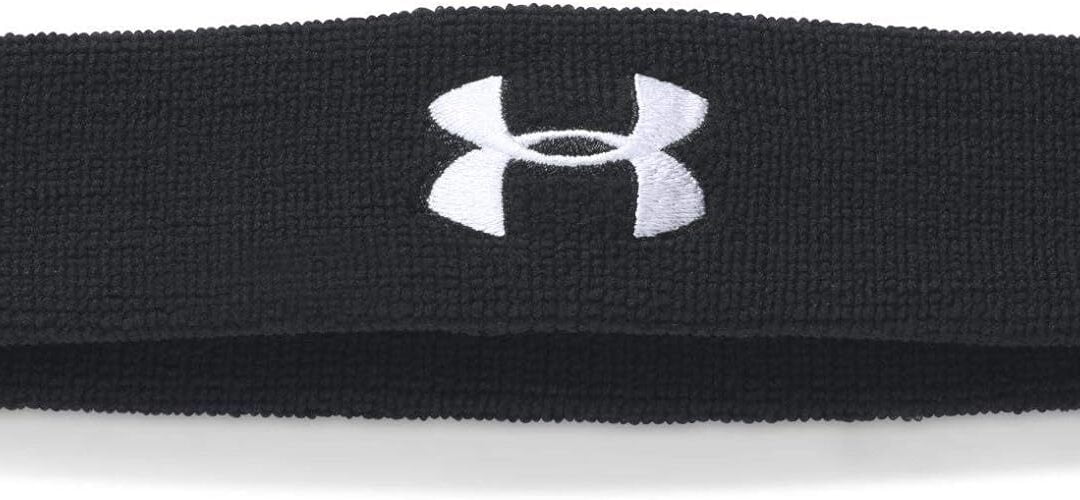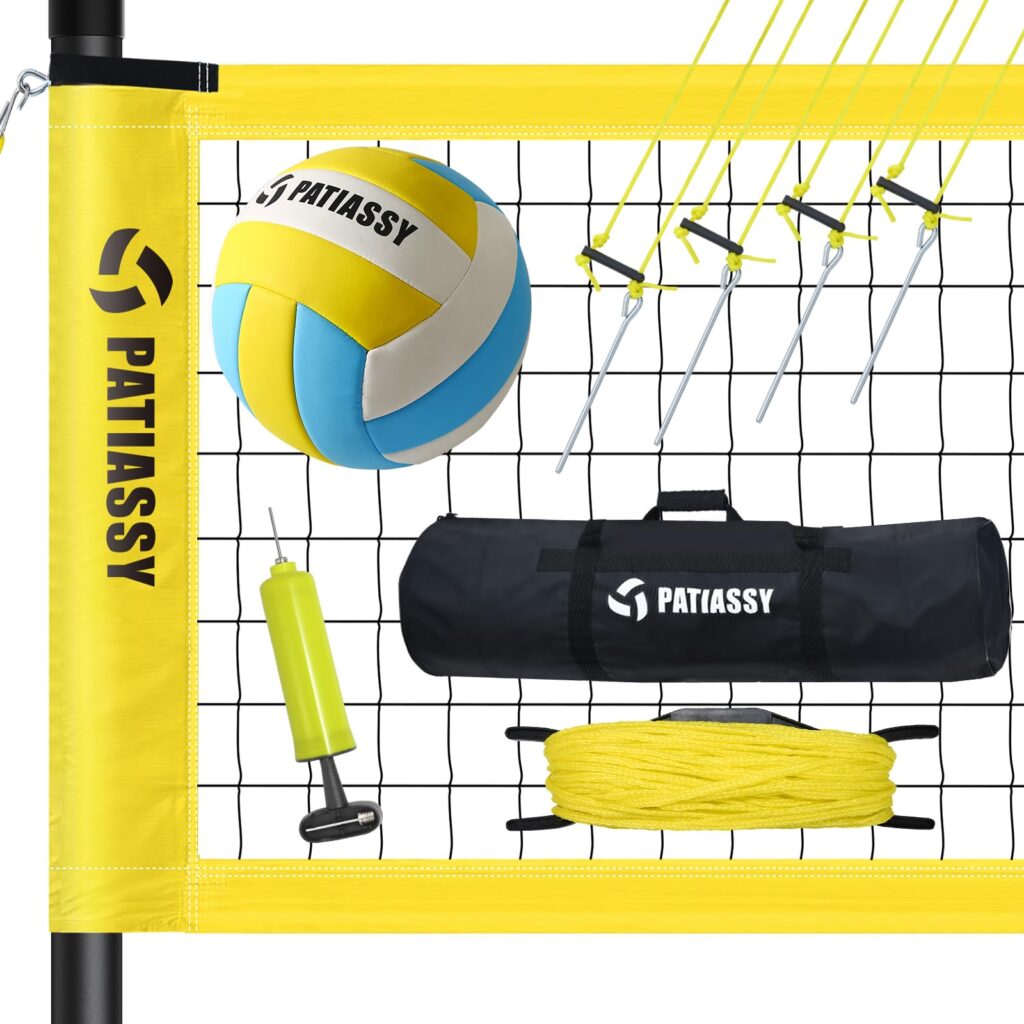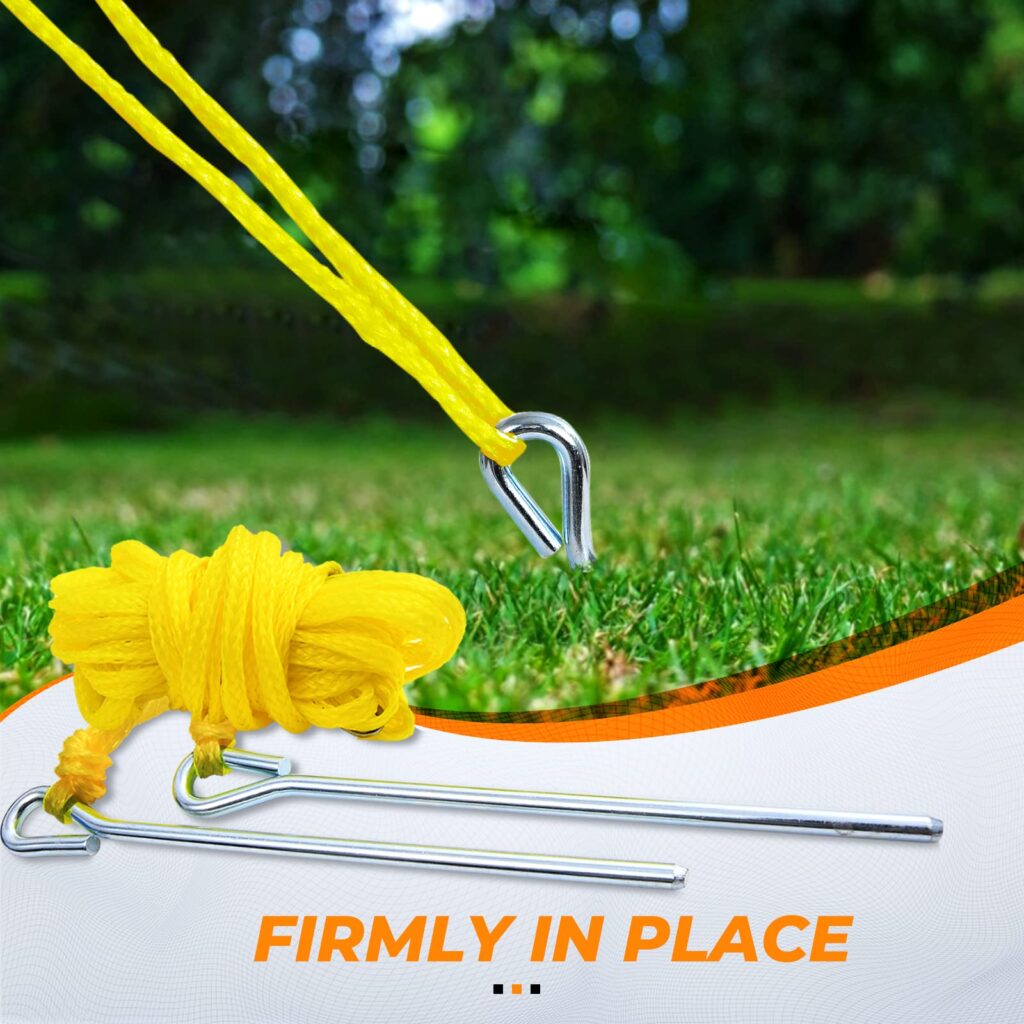Discover the benefits of sweatbands for your fitness routine. Enhance your performance and stay comfortable with these stylish and functional accessories.


Welcome to our comprehensive guide on volleyball nets. Whether you’re a beginner or a seasoned player, having the right volleyball net is essential for a fun and competitive game. In this article, we will cover everything you need to know about volleyball nets, including different types, materials, and key features to consider when purchasing one. So let’s dive in!
Indoor volleyball nets are designed specifically for use in gyms and indoor sports facilities. They are typically made of high-quality materials and are built to withstand the demands of competitive play. These nets are usually regulation size, which means they meet the official dimensions set by the International Volleyball Federation (FIVB).
Beach volleyball nets are specially designed for outdoor play on sand courts. Unlike indoor nets, beach volleyball nets are slightly smaller in size and have a different construction to accommodate the unique playing conditions. They are typically made of durable materials that can withstand exposure to sun, wind, and sand.
Portable volleyball nets are a great option for players who want to enjoy the game wherever they go. These nets are easy to set up and take down, making them ideal for backyard play, picnics, or beach outings. They are lightweight, compact, and often come with a carrying bag for convenient transportation.

Nylon is the most common material used in volleyball nets. It is known for its durability, strength, and ability to withstand tension. Nylon nets are resistant to stretching and tearing, ensuring a long-lasting and reliable performance. They are also easy to clean and maintain, making them a popular choice among players.
Polyester nets are another popular option for volleyball nets. They offer similar benefits to nylon nets, including durability and resistance to stretching. Polyester is also resistant to UV rays, making it a suitable choice for outdoor play. Additionally, polyester nets are often more affordable than nylon nets, making them a budget-friendly option.
Polyethylene nets are less common but still used in some volleyball nets. Polyethylene is a lightweight material that offers good resistance to weather conditions, making it suitable for outdoor play. However, polyethylene nets may not be as durable as nylon or polyester nets and may require more frequent replacement.
The size of the volleyball net is an important factor to consider. Regulation-sized indoor nets are 32 feet long and 3 feet wide, while beach volleyball nets are slightly smaller at 28 feet long and 3 feet wide. Portable nets may vary in size, so it’s essential to check the dimensions before making a purchase.
The height of the net is crucial for fair play. Regulation indoor nets are set at a height of 7 feet 11 5/8 inches for men and 7 feet 4 1/8 inches for women. Beach volleyball nets are set at a height of 7 feet 11 5/8 inches for both men and women. Portable nets usually have adjustable heights to accommodate different skill levels.
The tension of the net affects the bounce and playability of the ball. A properly tensioned net should have a slight sag in the middle when pulled tight. Look for nets with adjustable tension systems that allow you to customize the net’s tightness to your preference.
As mentioned earlier, the material of the net plays a significant role in its durability and performance. Choose a net made of high-quality materials like nylon or polyester for long-lasting use. Consider the playing environment (indoor or outdoor) and the level of play (recreational or competitive) when selecting the net material.
If you’re purchasing a volleyball net system that includes poles, consider the quality and stability of the pole system. Look for sturdy, rust-resistant poles that are easy to assemble and disassemble. Portable systems should have a secure anchoring mechanism to prevent the net from sagging or collapsing during play.
If you plan on taking your volleyball net on the go, portability is an essential feature to consider. Look for nets that are lightweight, compact, and easy to transport. Portable nets should come with a carrying bag or case for convenient storage and transportation.
To keep your volleyball net in good condition, regular cleaning is necessary. Use a mild detergent and water solution to remove dirt, sand, and debris from the net. Gently scrub the net with a soft brush or sponge, then rinse thoroughly with clean water. Allow the net to air dry before storing it.
Proper storage is essential to prolong the life of your volleyball net. After each use, make sure the net is completely dry before folding or rolling it up. Store the net in a cool, dry place away from direct sunlight to prevent fading and deterioration. Avoid storing the net in a tightly compressed position, as this can cause creases and damage.
If your volleyball net gets damaged, it’s important to address the issue promptly. Small tears or holes can be repaired using a patch kit specifically designed for volleyball nets. Follow the instructions provided with the patch kit to ensure a proper and secure repair. If the damage is extensive, it may be more cost-effective to replace the net entirely.

Indoor volleyball nets are designed specifically for use in gyms and indoor sports facilities. They are typically made of high-quality materials and are built to withstand the demands of competitive play. These nets are usually regulation size, which means they meet the official dimensions set by the International Volleyball Federation (FIVB).
Beach volleyball nets are specially designed for outdoor play on sand courts. Unlike indoor nets, beach volleyball nets are slightly smaller in size and have a different construction to accommodate the unique playing conditions. They are typically made of durable materials that can withstand exposure to sun, wind, and sand.
Portable volleyball nets are a great option for players who want to enjoy the game wherever they go. These nets are easy to set up and take down, making them ideal for backyard play, picnics, or beach outings. They are lightweight, compact, and often come with a carrying bag for convenient transportation.
Nylon is the most common material used in volleyball nets. It is known for its durability, strength, and ability to withstand tension. Nylon nets are resistant to stretching and tearing, ensuring a long-lasting and reliable performance. They are also easy to clean and maintain, making them a popular choice among players.
Polyester nets are another popular option for volleyball nets. They offer similar benefits to nylon nets, including durability and resistance to stretching. Polyester is also resistant to UV rays, making it a suitable choice for outdoor play. Additionally, polyester nets are often more affordable than nylon nets, making them a budget-friendly option.
Polyethylene nets are less common but still used in some volleyball nets. Polyethylene is a lightweight material that offers good resistance to weather conditions, making it suitable for outdoor play. However, polyethylene nets may not be as durable as nylon or polyester nets and may require more frequent replacement.

The size of the volleyball net is an important factor to consider. Regulation-sized indoor nets are 32 feet long and 3 feet wide, while beach nets are slightly smaller at 28 feet long and 3 feet wide. Portable nets may vary in size, so it’s essential to check the dimensions before making a purchase.
The height of the net is crucial for fair play. Regulation indoor nets are set at a height of 7 feet 11 5/8 inches for men and 7 feet 4 1/8 inches for women. Beach volleyball nets are set at a height of 7 feet 11 5/8 inches for both men and women. Portable nets usually have adjustable heights to accommodate different skill levels.
The tension of the net affects the bounce and playability of the ball. A properly tensioned net should have a slight sag in the middle when pulled tight. Look for nets with adjustable tension systems that allow you to customize the net’s tightness to your preference.
As mentioned earlier, the material of the net plays a significant role in its durability and performance. Choose a net made of high-quality materials like nylon or polyester for long-lasting use. Consider the playing environment (indoor or outdoor) and the level of play (recreational or competitive) when selecting the net material.
If you’re purchasing a volleyball net system that includes poles, consider the quality and stability of the pole system. Look for sturdy, rust-resistant poles that are easy to assemble and disassemble. Portable systems should have a secure anchoring mechanism to prevent the net from sagging or collapsing during play.
If you plan on taking your net on the go, portability is an essential feature to consider. Look for nets that are lightweight, compact, and easy to transport. Portable nets should come with a carrying bag or case for convenient storage and transportation.
To keep your net in good condition, regular cleaning is necessary. Use a mild detergent and water solution to remove dirt, sand, and debris from the net. Gently scrub the net with a soft brush or sponge, then rinse thoroughly with clean water. Allow the net to air dry before storing it.
Proper storage is essential to prolong the life of your net. After each use, make sure the net is completely dry before folding or rolling it up. Store the net in a cool, dry place away from direct sunlight to prevent fading and deterioration. Avoid storing the net in a tightly compressed position, as this can cause creases and damage.
If your volleyball net gets damaged, it’s important to address the issue promptly. Small tears or holes can be repaired using a patch kit specifically designed for volleyball nets. Follow the instructions provided with the patch kit to ensure a proper and secure repair. If the damage is extensive, it may be more cost-effective to replace the net entirely.
“This volleyball net is excellent! It’s sturdy, easy to set up, and provides a perfect playing surface. Highly recommend!” – John D.
“I bought this net for my backyard, and it’s been a great addition to our family gatherings. The adjustable height is perfect for players of different ages, and the net itself is high-quality.” – Sarah W.
“I’ve used this net for both indoor and beach volleyball, and it has held up exceptionally well. The tension system allows for a tight and accurate net, making for exciting and competitive games.” – Mark R.
A: Indoor nets are not designed to withstand outdoor elements such as sun, wind, and sand. It’s recommended to use a beach volleyball net or a net specifically designed for outdoor play.
A: Yes, most portable nets come with adjustable height options to accommodate different skill levels and preferences.
A: Start by attaching the net to the poles and adjusting the tension straps or ropes. Pull the net tight but allow for a slight sag in the middle. This will provide the optimal bounce and playability of the ball.
A: Use a mild detergent and water solution to gently scrub the net. Rinse thoroughly with clean water and allow it to air dry before storing.
A: Yes, small tears or holes can be repaired using a patch kit specifically designed for volleyball nets. Follow the instructions provided with the patch kit for a proper and secure repair.

Choosing the right net is essential for an enjoyable and competitive game. Consider factors such as the type of net, material, size, and key features before making a purchase. Whether you’re playing indoors or outdoors, a high-quality net will enhance your playing experience and ensure fair play. With proper care and maintenance, your net will provide years of fun and memorable moments on the court. So go ahead, set up your net, and let the games begin!
Choosing the right volleyball net is crucial for a successful and enjoyable game. Consider the type of net, material, size, and key features before making a purchase. Whether you’re playing indoors or outdoors, having a high-quality net will enhance your playing experience and ensure fair play. With proper care and maintenance, your volleyball net will provide years of fun and competitive play. So get out there, set up your net, and enjoy the game!
Choosing the right volleyball net is crucial for a successful and enjoyable game. Consider the type of net, material, size, and key features before making a purchase. Whether you’re playing indoors or outdoors, having a high-quality net will enhance your playing experience and ensure fair play. With proper care and maintenance, your volleyball net will provide years of fun and competitive play. So get out there, set up your net, and enjoy the game!
Remember to always consider the specific needs of your playing environment, skill level, and budget when selecting a net. By doing so, you can ensure that you make the best choice for your needs and enjoy many hours of volleyball fun.